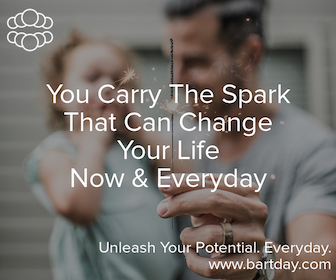A new $50 million fund will help communities remove “deadbeat dams,” starting in California, Oregon, and Washington.
Within a decade, the Yakama people of south-central Washington State should be able to harvest salmon once again with spears, nets, and other traditional methods along tributaries of the Yakima River.
“We want to return to serving as stewards of the land,” says Philip Rigdon, the deputy director of natural resources for the Yakama Nation.
To make that possible, the Nelson Dam needs to come down first. The eight-foot high irrigation diversion dam on the Naches River sits just upstream of the City of Yakima on the largest tributary of the Yakima River, which flows into the Columbia River. Built in the 1920s, the now unneeded dam blocks the movement of salmon through the area, choking off the ecosystem’s lifeline.
But once the dam is taken out—by 2020, proponents of the removal hope—it will allow fish and nutrients to flow downstream. It will also reduce the risk of flooding in the area. (Learn more about the rapid restoration of a river after dam removal.)
From our partners:
And perhaps surprisingly, removal of the dam will actually increase the water and climate resilience of the area, says Michael Scott, acting director of the environment program of the William and Flora Hewlett Foundation. That’s because pooling water in a reservoir leads to more evaporation, while sending water downstream means it can recharge natural aquifers.
The Nelson Dam removal project, a joint effort by the Yakama Nation and local, state, and federal agencies, is one of three test cases the Hewlett Foundation is supporting as part of its new Open Rivers program. On November 29, Giving Tuesday, the foundation announced the creation of that program with a gift of $50 million, honoring the foundation’s 50th anniversary and setting up the largest fund to date that’s devoted to dam removal. The money will be administered by the independent Resources Legacy Fund.

Dam removal projects that will provide significant ecological benefits, such as the Nelson, are of the highest priority, says Scott. Another requirement is that the structure be a “deadbeat dam”—one that has outlived its useful life and has now become a hazard.
More than 14,000 such dams exist around the country already. By 2020, more than 70 percent of the U.S.’s dams will be more than 50 years old, with many of those soon becoming candidates for removal. It’s a growing movement, with dozens of dams coming down every year. The main obstacle is the often high price tag of removal, which can run tens of millions of dollars. Yet maintaining old dams and retrofitting them to meet newer standards also comes at a cost.
Just taking out a dam isn’t the whole picture, adds Rigdon. To get the most benefits to the environment and community, a dam removal should be part of a wider restoration plan—like the Yakama Nation’s 30-year plan for the Yakima Basin. The nation came to this decision after realizing that securing rights to half of the area’s fish in the 1960s would actually amount to little if it ended up being “half of nothing,” says Rigdon.
The Yakama Nation has already worked with government and nonprofit partners to dismantle the 125-foot, nearly 100-year old Condit Dam. It finally came down in 2011. Within months, steelhead returned to the river.

PHOTOGRAPH BY JOEL SARTORE, NATIONAL GEOGRAPHIC CREATIVE
THE “DAMNATION DAM”
Another deadbeat dam that will likely be demolished soon, thanks to the Hewlett fund, is the 168-foot-tall Matilija Dam in California’s Ventura County, which was featured in the documentary DamNation with graffiti of scissors cutting it apart. Built in 1947 along a tributary to the Ventura River, the dam is so silted in that it no longer can effectively store water for agriculture, its original purpose. (Watch a haunting clip from the film.)
Patagonia, the Ventura-based outdoor clothing and gear company, is working with Hewlett and other groups to raise the funds needed to take out the dam by 2020. It would be the largest dam removal in California history (eclipsing the recent San Clemente project).
“The Matilija is right in Patagonia’s backyard and it needs to come down,” says Lisa Pike Sheehy, vice president of environmental activism at the company. “We want rivers to be free.” Free for fish and other organisms, she adds—but also for anglers, rafters, and paddlers.
THE ROGUE RIVER
The third dam site the Hewlett Foundation’s fund is targeting is actually a series of small dams and other impediments in the Rogue River Basin in southwestern Oregon. The river’s mainstem flows free for 150 miles, earning the federal designation of Wild and Free. But other barriers in the drainage system block fish and movement of nutrients, while no longer serving useful functions.
The foundation is working with the Rogue Basin Partnership and the Rogue River Watershed Council to put together a plan to remove up to 50 dams and impediments over the next ten years. It’s an important contribution to a movement that is growing but which still has a long way to go, supporters say.
Dam removals tend to captivate the public because they are ultimately about water and restoring natural systems, says Scott. “And it doesn’t hurt that they often involve explosions.”
This feature originally appeared in National Geographic.
















